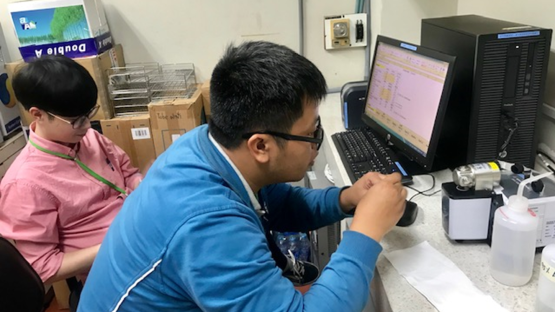An ongoing, interregional technical cooperation (TC) project[1] is helping Member States to better understand the impact of stunting reduction interventions on the growth, body composition and breastfeeding practices of infants and young children by supporting the use of stable isotopes. This data-driven approach to malnutrition is critical to the success of stunting-reduction programmes around the globe. Now in the evidence-gathering phase of the project, national counterparts are evaluating the effectiveness of stunting reduction interventions in three continents, with the support of IAEA experts.
The assessments of stunting interventions being carried out as part of the ongoing interregional project are focused on breastfeeding promotion, nutrition supplementations and maternal education. By using stable isotopes to assess the exclusivity of breastfeeding and the body composition of infants, nutrition leaders are able to better orient and design national intervention programs to effectively combat and prevent stunting in their country.
According to the World Health Organization (WHO), approximately 151 million, or 22% of all children, under the age of five years are stunted, globally. The result of poor nutrition, repeated infections or inadequate psychosocial stimulation, stunting occurs when children exhibit a significantly reduced height for their age. Stunted children are at higher risk of delayed cognitive development, lower school performance and overall productivity. WHO studies reveal that 66% of all stunted children live in low- and middle-income countries, with more than half of all stunted children under five living in Asia, and more than one third living in Africa.






